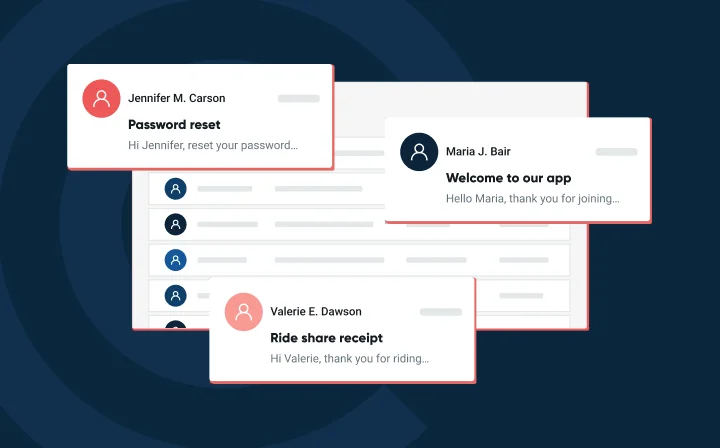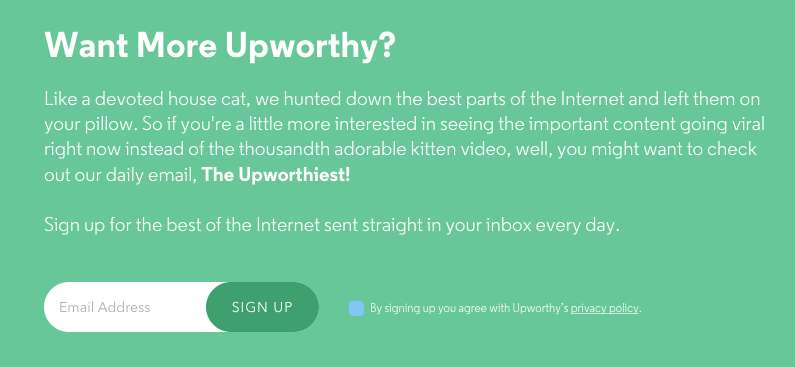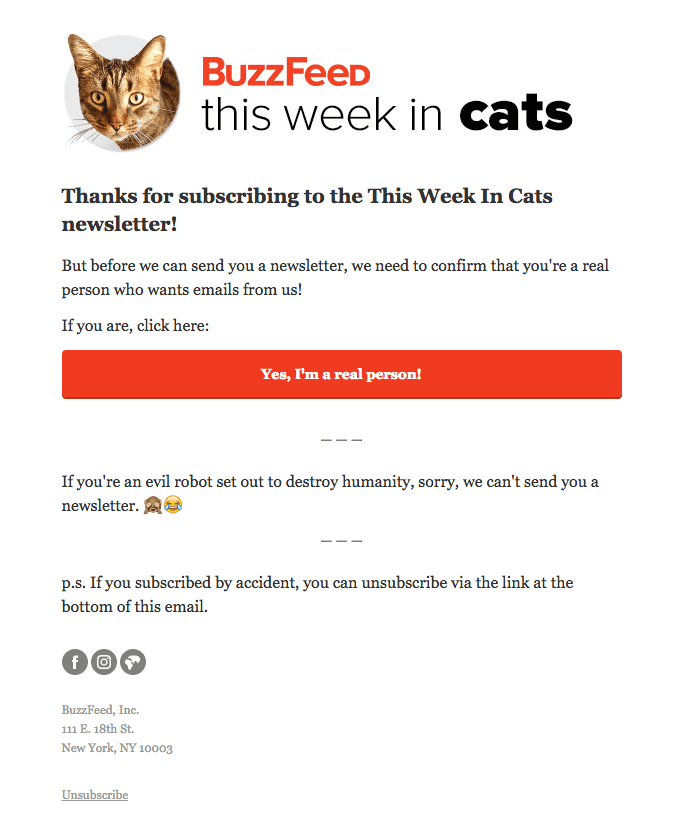What’s cool about COIL


In terms of opt-in options, you probably think you’ve got them down. But we’re here to introduce you to the overlooked sibling of the family: Confirmed Opt-In Lite. While not yet as famous as the rest, it’s a great way to combine the benefits of rapid list growth of the single opt-in process and the email address validity check of the double opt-in process.
So, without further ado, let’s talk about the Confirmed Opt-In Lite process – a.k.a. COIL.
If we want to understand this different recipient subscription process, we’ll sadly have to rewind a bit. Please bear with us as we break it down.
The Single Opt-In (SOI) process is a method where recipients go to your website’s subscription form, input their email address, and automatically become a part of your newsletter list. As such, they will be receiving all your future marketing campaigns or other communications that you send to said list. With SOI, nothing requires them to click on a validation link before you add their address into your lists, as shown below. They’re just on it, easy as that.

Meanwhile, the Confirmed Opt-In (COI) sends a confirmation email to the recipient’s email address. And until the recipient clicks on the validation link inside that confirmation email, their email address won’t be added to the newsletter list, and they won’t receive any communications from you, as shown below.

There are pros and cons to both SOI and COI, and the Confirmed Opt-In Lite basically tries to bring both those methods together to get both of their advantages. So, how does it do this?
So what does the COIL process look like from your end?
Your new recipient goes to your subscription form, and inputs their email address. They might, or might not, receive an email informing them that they just subscribed to your newsletter. They might receive a “welcome” email in a series of emails you will be sending to new subscribers, instantly providing them with awesome wanted content.
They might also not receive any email after they just signed up. You could have simply added their address into your lists, and they’ll be receiving their first email from you when you send your usual weekly/monthly/quarterly campaign.
Now, knowing that, you could tell me, “What’s the difference between COIL and SOI? They’re the same.” And yes, from the recipient’s perspective, at this point, they’re indeed identical. Your recipient did not have to validate their subscription by clicking on a link inside your first email.
But on your end, this recipient that just subscribed to your newsletter will be added to a “quarantine” list that you will create for this process. They won’t be added to your usual newsletter/contact lists. This quarantine list will register all your new recipients that just subscribed. Until this recipient engages positively with your emails – i.e. opening or clicking them – they will not be passed down to your regular newsletter lists.
Depending on your business and email frequency, you’ll need to determine how many emails this new recipient should receive without any positive engagement before their email address gets entirely removed from further communication, and deleted from your quarantine list.
So, to TL;DR and summarize quickly, we get the following registration flow:
The content that this recipient might be receiving from you could absolutely be the same as your usual recipients, or you could create a customized email series for your new subscribers. That would still be okay, and totally up to you (great, right?). COIL is not related to content, only to the recipient’s activity. Just like any other email marketing topic, be creative and do a lot of tests to determine what strategy corresponds to your email program.
We can actually make a small comparison between the Confirmed Opt-In Lite process and the sunset policy that many email marketers follow in order to keep their contact lists free of unengaged users. Using this new “quarantine” list will automatically trim those unengaged recipients from your lists just like a sunset policy would do over time.
Also, you get bonus points if you still protect your form with a Captcha, and if you real-time validate your new recipients’ addresses.
Now, this might seem like a lot of work for a new subscription process. So the next question should be, “what’s the point of COIL?” We’ll tell you.
Typically, email deliverability folks like me will almost always advise our fellow email marketers to go the Confirmed Opt-In way. The two main reasons for that being:
On the other hand, single opt-in collectors don’t have to validate their recipients’ email addresses, and as a consequence, they drive higher growth list rates overall.
It can sometimes be tricky for email marketers to justify to their leadership that they prefer to collect their recipients through confirmed or double opt-in compared to single opt-in, because “a bigger list is obviously better.” Spoilers, it’s not.
If you are not able to run a double opt-in process, COIL can then be used to help mitigate the reputation backlash that you might face due to not validating your recipients addresses, and consent.
Some areas where COIL helps:
Sadly, COIL does not come with only pros (if only). For example, anti-spam filters can sometimes open or click on your emails to detect spam, or fraud. As a consequence, you might think it safe to move your recipient’s email address out of the quarantine list, and into the regular list. And you would be wrong here, sadly – the recipient did not engage with your email. That spam filter did, by generating a fake engagement event.
It might also create a weird situation between you and your new recipients. Some of them might only open your first email out of surprise, especially if it wasn’t made clear to them that they actually registered to your newsletter.
And since you’ve now registered their open/click event, you’re now adding that address into the regular newsletter list despite the recipient actually never agreeing completely to it. This might result in higher unsubscribe or spam complaints rates, and thus negatively affect your sender reputation. One way to try to avoid these situations would be to register at least two or three unique open events per new recipient before adding them into your usual lists.
While email deliverability folks like us would probably almost always advise marketers to use Double Opt-in/Confirmed Opt-in, we understand this might be a harder sell to different marketing teams around the world. The idea of “quality, not quantity” when we’re talking about email lists is starting to become more and more of a standard nowadays, but we’re (sadly) not fully there yet. Old habits die hard, and some marketing teams still prefer SOI simply because it generates more leads – despite the negative effects on their sender reputation.
The good news is that COIL tries to solve that situation and lessens any damage SOI would generate for your email program. COIL isn’t perfect, but it does the job well if you’re not attached to COI, or if you just simply want to try something new. Go try it out!